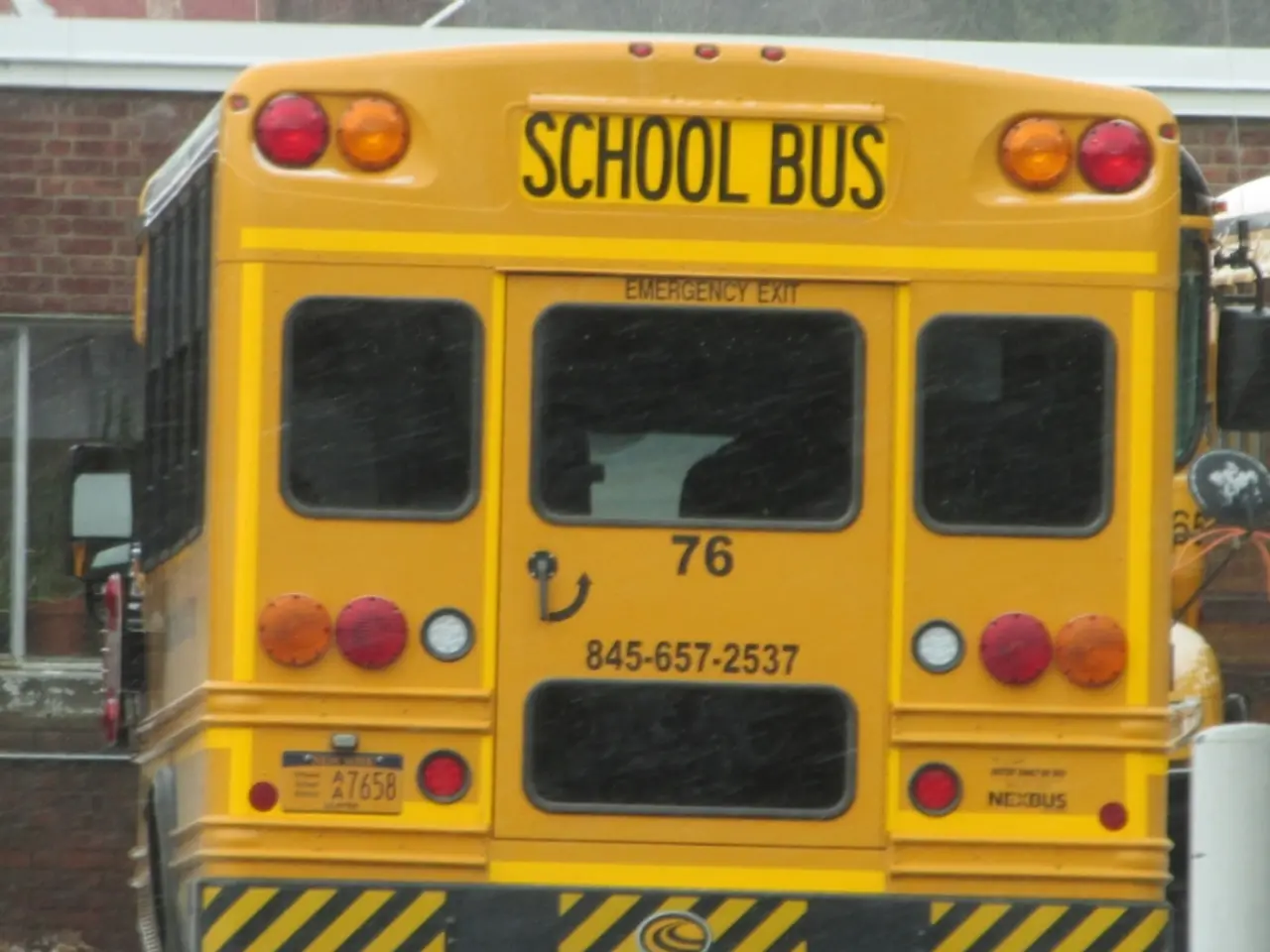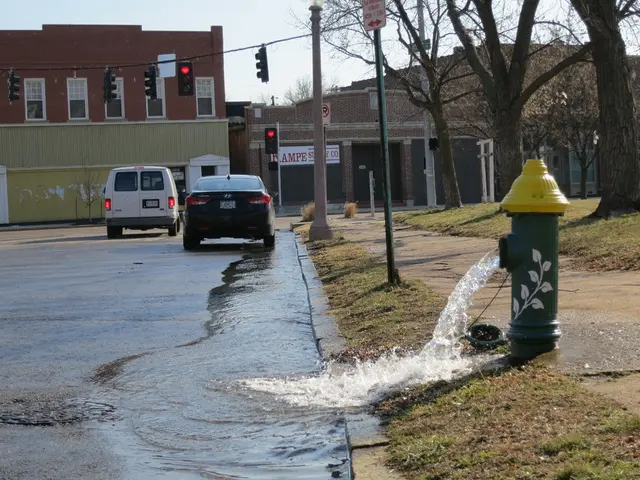Educational Challenges Due to Increasing School Temperatures: An Overview of the Rising Heat Issue in Schools
In the face of rising temperatures worldwide, the issue of heat in schools has become a significant concern. This article explores the impact of hot classrooms on learning, the measures being taken in various countries, and the challenges that lie ahead.
The Maldives is leading the way with its Cool School Project, aiming to install air-conditioning units in all of its 3,704 classrooms by the end of 2025. However, research suggests that hot classrooms negatively impact learning more than similarly hot offices do, raising questions about the long-term effects of this solution.
Across the globe, air conditioning has become a common remediation for heat in schools, with schemes increasing as temperatures rise. Yet, in low- and middle-income countries, especially urban areas, the absence of cheap renewable electricity supplies means that air conditioning carries a high financial and environmental cost.
In the US, the average public school was built nearly half a century ago and was not designed to function in the present-day climate. The difference between the coolest and hottest classrooms in a single school building can be more than 14°C on a hot day, causing major health consequences such as dehydration, heatstroke, and kidney failure. A June 2020 report estimated that 41% of public school districts need to replace or update their heating, ventilation, and air conditioning (HVAC) systems in at least half their schools.
Collecting data and having sensors in classrooms can allow for real-time remediation in the US. Yet, in other countries like Nepal, there are no specific guidelines on how hot classrooms are allowed to get, though a government policy introduced last year mandates weather monitoring at "all local levels". Heatwaves have been growing in strength and length in Nepal, and there are very few guidelines for dealing with hot classrooms.
A survey in Madhesh province, Nepal, found that extreme heat resulted in increased absenteeism, headaches, fatigue, and compromised learning outcomes. This is not unique to Nepal, as Unicef reported that hundreds of millions of schoolchildren globally missed out on education in 2024 due to heatwaves forcing school closures.
In the UK, researchers are gathering information to prepare for a future where schoolchildren might miss education due to extreme heat. Without more sustainable ways to keep temperatures sufficiently low, air conditioning may only be a temporary solution for heat in schools.
It's important to note that while this article discusses the challenges, there is a lack of information about students in Nepal supporting the implementation of temperature regulation policies in schools.
In conclusion, the issue of heat in schools is a global concern with significant impacts on learning and health. While air conditioning is a common solution, it comes with its own set of challenges. The need for sustainable, long-term solutions that prioritise the well-being of students is more pressing than ever.
Read also:
- Peptide YY (PYY): Exploring its Role in Appetite Suppression, Intestinal Health, and Cognitive Links
- Toddler Health: Rotavirus Signs, Origins, and Potential Complications
- Digestive issues and heart discomfort: Root causes and associated health conditions
- House Infernos: Deadly Hazards Surpassing the Flames








